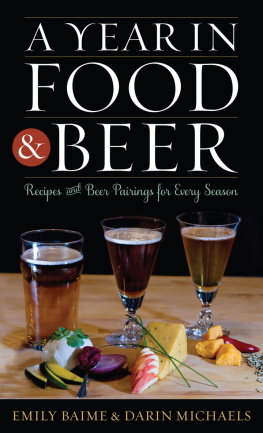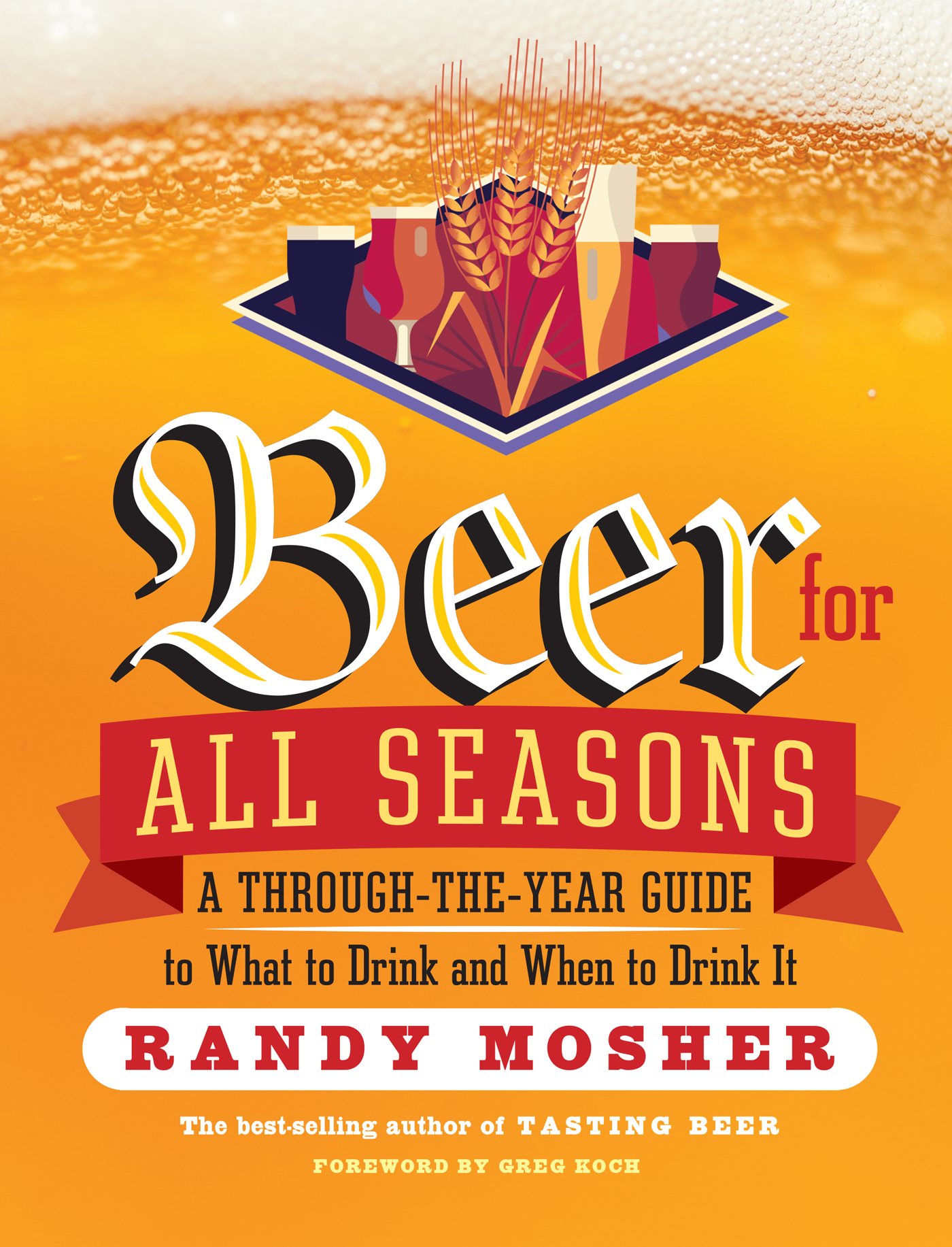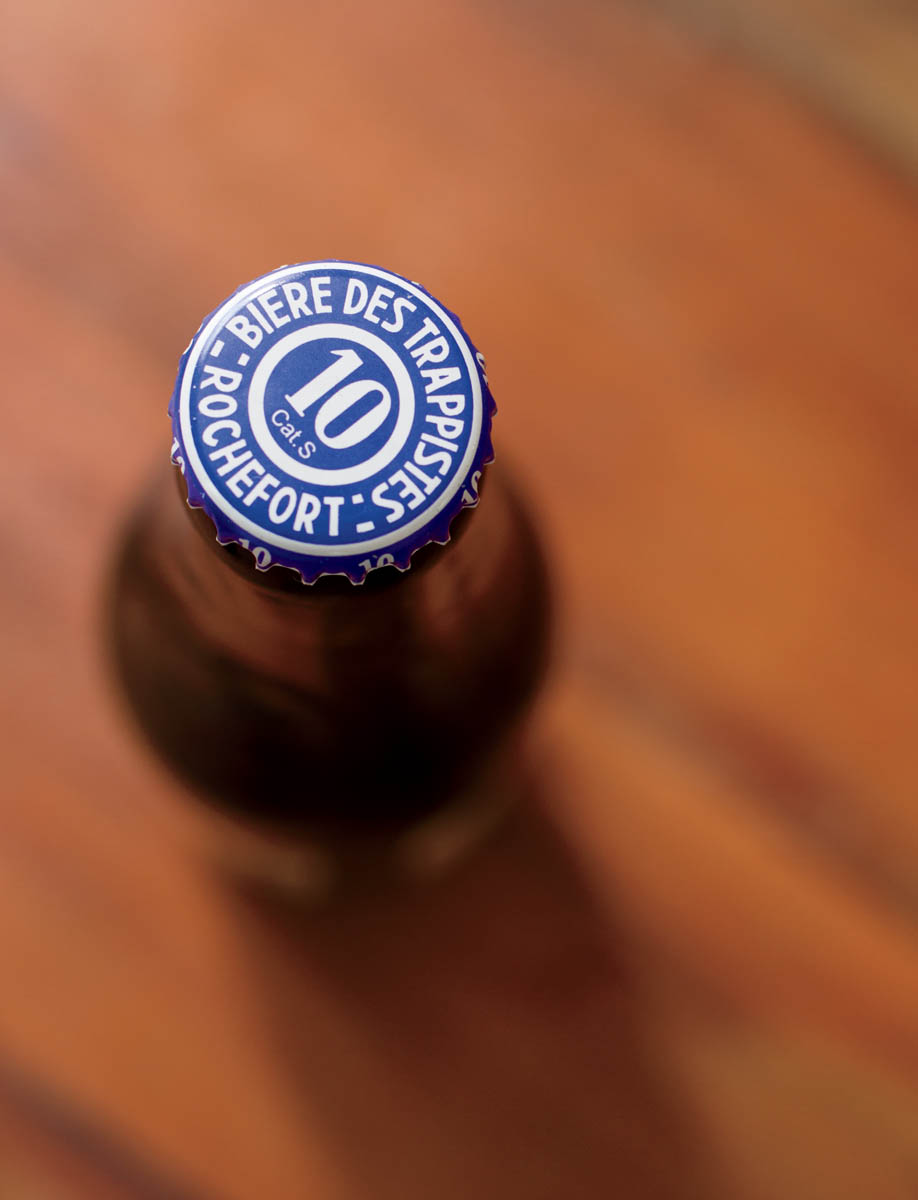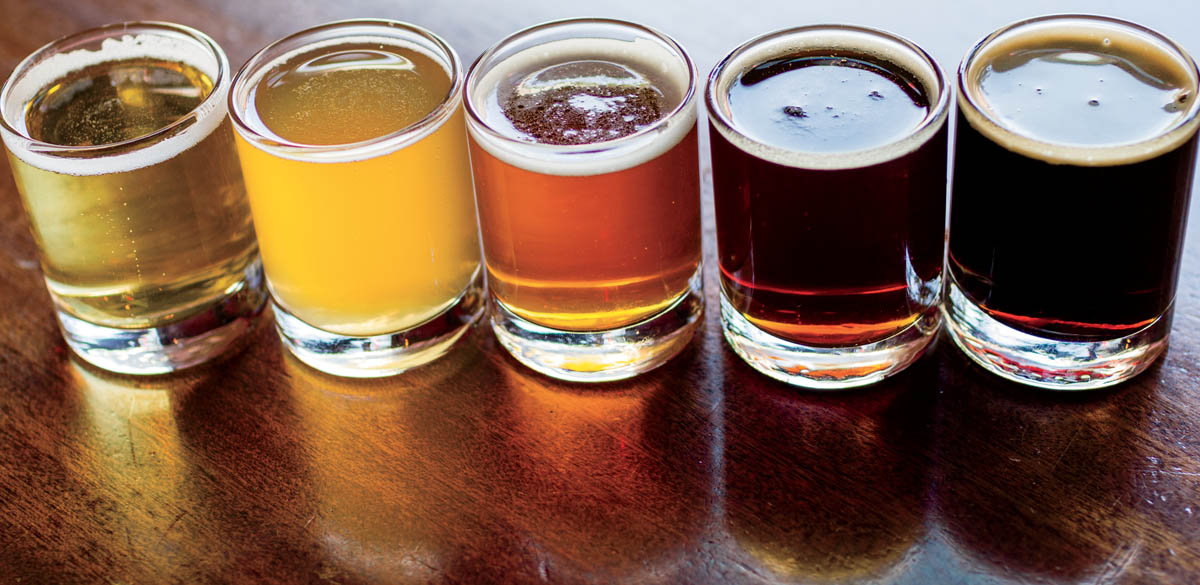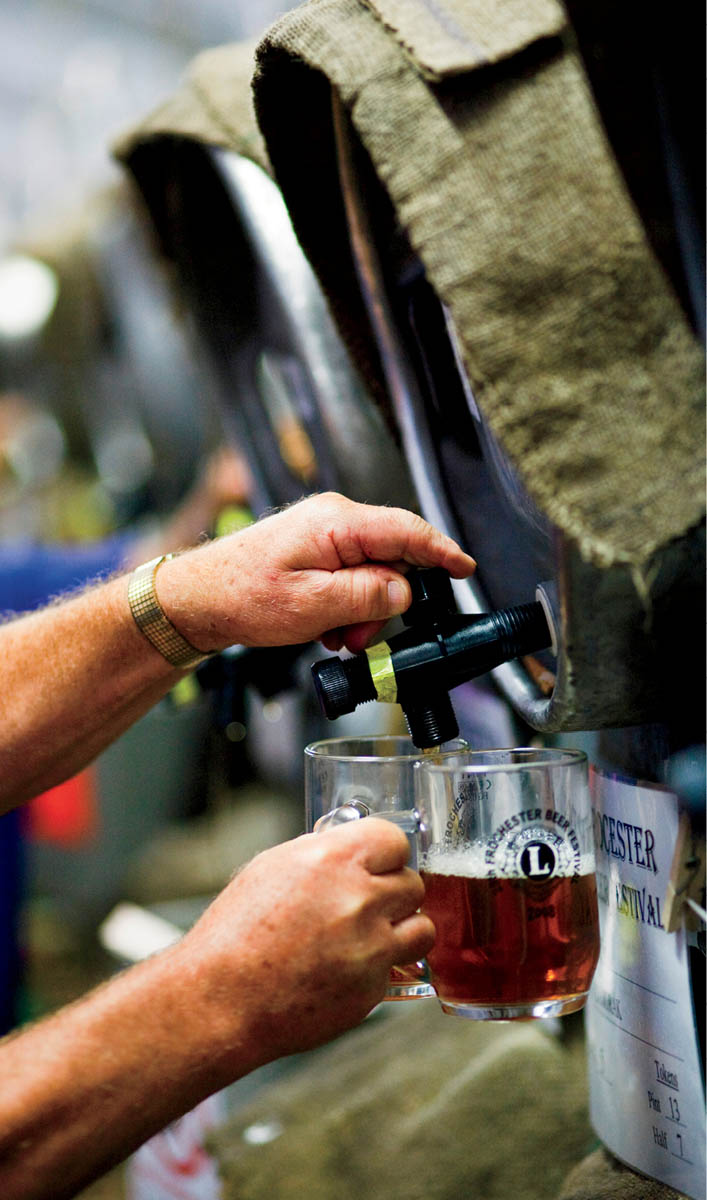Dedication
For Nancy
Acknowledgments
Thanks to the fabulous team at Storey that put in a lot of extra work to make this book a visual gem, and who make it a genuine pleasure to be a writer. Thanks also to Greg Koch for his foreword.
Contents
Foreword
Beer for Seasons, Seasons for Beers
This, at its core, is a subject I simultaneously embrace and find myself at odds with.
You see, a part of me loves the idea of seasonality in beer. I get to look forward to different flavor profiles coming and going with the leaves on the trees. And yet another part of me simply wants to drink any beer at any time I damn well please.
Before the craft-brewing revolution (and still today), where were some of the most famous strong stouts brewed? Why, they were all brewed in colder-climate countries, of course. Who wants to drink a 7% stout in a hot and humid climate? No one!
Oh really? Thats not the case at all, my friends. In fact, I fibbed to you just a few sentences ago. I intentionally set you up to nod in agreement at a false statement. The truth is that before the craft-brewing revolution some of the most famous stronger stouts (strong by pre-craft-brewing standards, that is) were brewed and sold in hot and humid countries. Lion Stout comes from Sri Lanka. Face-meltingly hot and humid Southeast Asia has three major brands of 7%+ stouts. Dragon Stout, from Jamaica, comes in at 7.5% ABV.
Ive often heard newly minted beer enthusiasts state with great authority that there are few greater beer faux pas than drinking a stout when the thermometer goes above 60F. They proclaim this without realizing that in much of the world a strong stout is not considered a seasonal beer. Hell, in those countries I mentioned they drink a (comparatively) large amount of strong stout and yet they barely even have seasons!
In some respects, the seasonality effect is quite similar to the origin effect. In short, nothing more than marketing hype that trades in the currency of imagined attributes over actual attributes and differentiation. Now before you write this off as just another curmudgeonly Gregism, intent on ruining the warm and fuzzies that some folks get when they buy into these marketing schemes, stick with me here for a moment, and Ill explain.
Origin effect, or the imagination of it, is no better represented than in this question I sometimes like to ask at Japanese restaurants: What exactly is it about a beer brand that was started by Americans with a German brewer in Japan, later sold to the Japanese, and now brewed in Los Angeles, California, that makes said beer go better with sushi? Answer: the fact that people perceive it as a Japanese beer. Theres no actual demonstrative thing that makes that beer go better with that food.
Perhaps thats why my favorite sushi restaurant in San Diego County focuses simply on hiring sushi chefs with talent and dedication, rather than by their ethnicity. That, and they also only serve sustainable fish. And they also focus on craft beer. And organic local produce. In other words, they focus on doing an excellent job, rather than just playing into preconceived notions by some customers as to what a sushi restaurant should be. No wonder its a fantastic place.
And that, my friends, is the rub. Focus on excellence, as Randy does in his through-the-year survey of craft beers, and all else falls into place. Focus on image, and youll be wading in shallower waters. And whats the fun in that? Shallow waters are for toddlers.
The best of all worlds? Well, thats in this delightful tome covering the occurrences when season, authenticity, and good taste all find themselves saddled up to the bar or dinner table at the same time.
Cheers,
Greg Koch
CEO and cofounder Stone Brewing Co.
Stone Brewing World Bistro & Gardens
All human life once revolved around the seasons. There was no other way. Nature dominated; our forebears had to adapt or be left behind. Each year was a grand cycle of migrations, fertility, hardship, and renewal. There was prey to be stalked, fruit to be gathered, and gods to appease. Being in tune with the seasons was a matter of life and death for these early people.
As our ancestors came down from the hills and settled into an agricultural existence on the fertile riverbanks, they gained some measure of control, but the new way of life did not diminish the importance of the seasons. Crops had to be timed to the rain and the sun, and the animals they sheltered had their own seasonal patterns. People looked to the heavens for guidance, reciprocating with rituals and offerings to ensure the smooth workings of the cosmos. To this day, religion remains highly connected to the cyclical flow of time and the events it hopes to conjure to fruition. Its embedded in our spiritual DNA.
During the birth of agricultural life about 10,000 years ago, beer appeared. It is not precisely known what role it played in our own domestication, but having a ready supply of alcohol must have been an irresistible incentive to settle down and abandon the nomadic life. Beyond its obvious charms, beer appears to have been used as an incentive to draw people together for periodic feasts and festivals, building prestige for their hosts and helping to connect widespread communities into tribes and nations through trade, the exchange of ideas, matchmaking, and general merrymaking. It would appear that the beer bash is nearly as old as beer itself. In some ways, beer retains its social power, as is evident during any beer festival today.
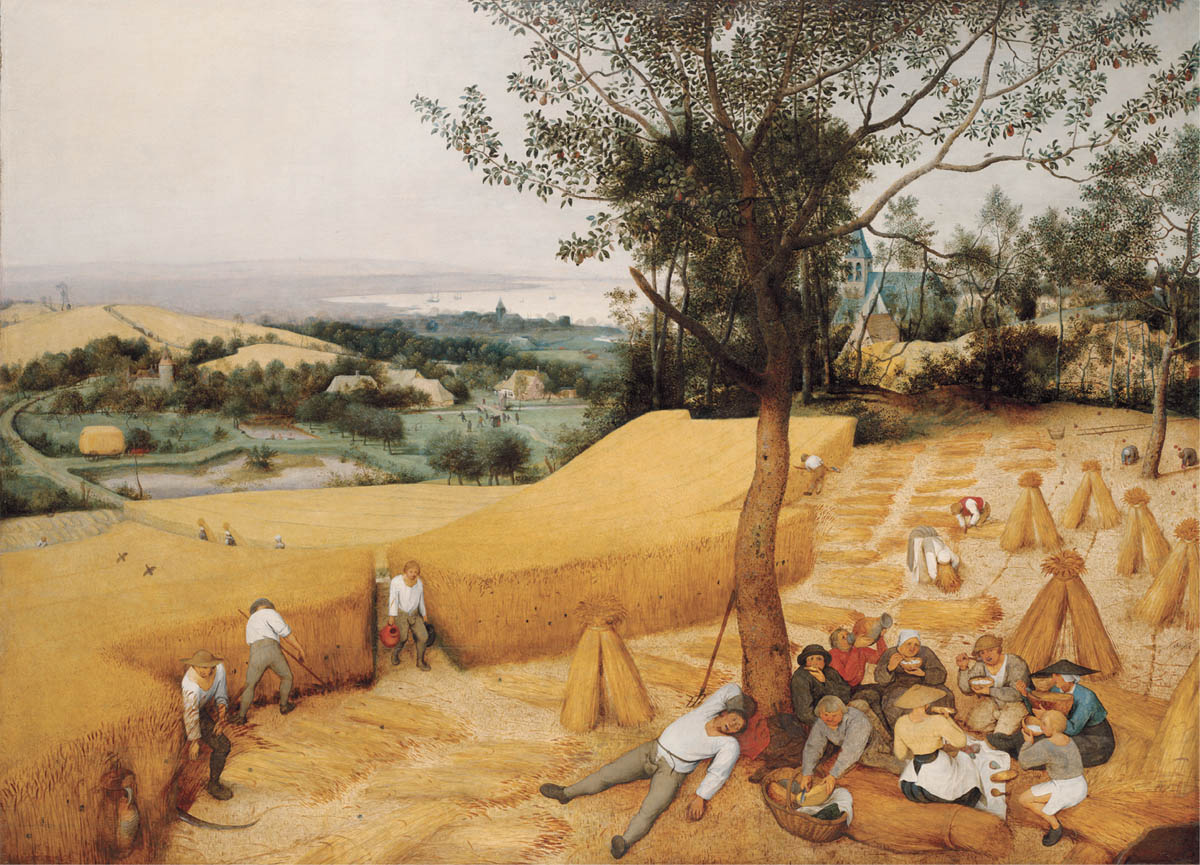
A little thirst-quenching was once critical for bringing in the harvest.
As an agricultural product, beer ebbed and flowed with the seasons in well-defined ways. At harvest time, new malt and other ingredients such as hops became available for brewing. Each component of beer has a specific rhythm: cultivation, ripening, harvesting, processing into storage, and its ultimate use in the brew pot. Some ingredients especially hops are perishable and start to fade as soon as they are picked, making the first beers of the brewing season something special.
Fast-maturing small beers were enjoyed as summer refreshment.
While the new plants were growing, it was hot, and as a result, summer was never a desirable time for brewing. There was no one available to brew anyway, because most of the available workers were needed in the fields. Summers warmth makes it difficult to conduct clean fermentations, and this problem is exacerbated by large amounts of wild microbes wafting through the air. Except for the British Isles, where temperatures were a bit cooler, summer brewing in Europe was often restricted sometimes by force of law to weak, fast-maturing small beers intended solely to be enjoyed as summer refreshment and a source of safe, potable water.

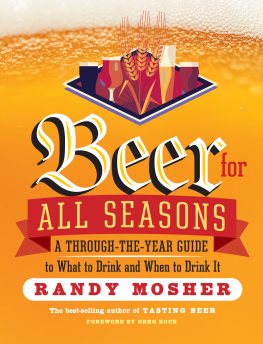
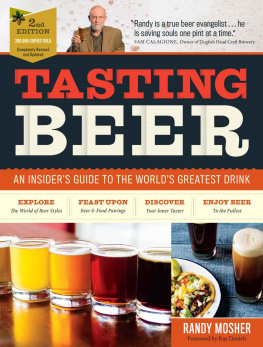


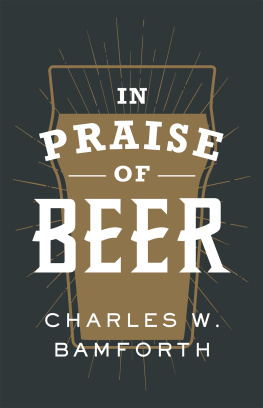
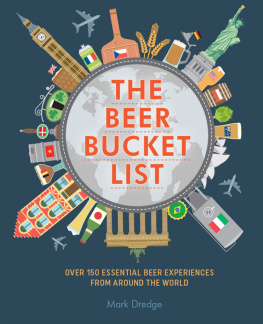
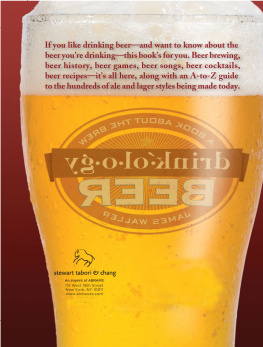
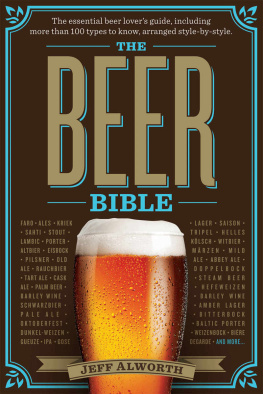


![Randy Mosher - Beer for all seasons : [a through-the-year guide to what to drink and when to drink it]](/uploads/posts/book/74958/thumbs/randy-mosher-beer-for-all-seasons-a.jpg)
